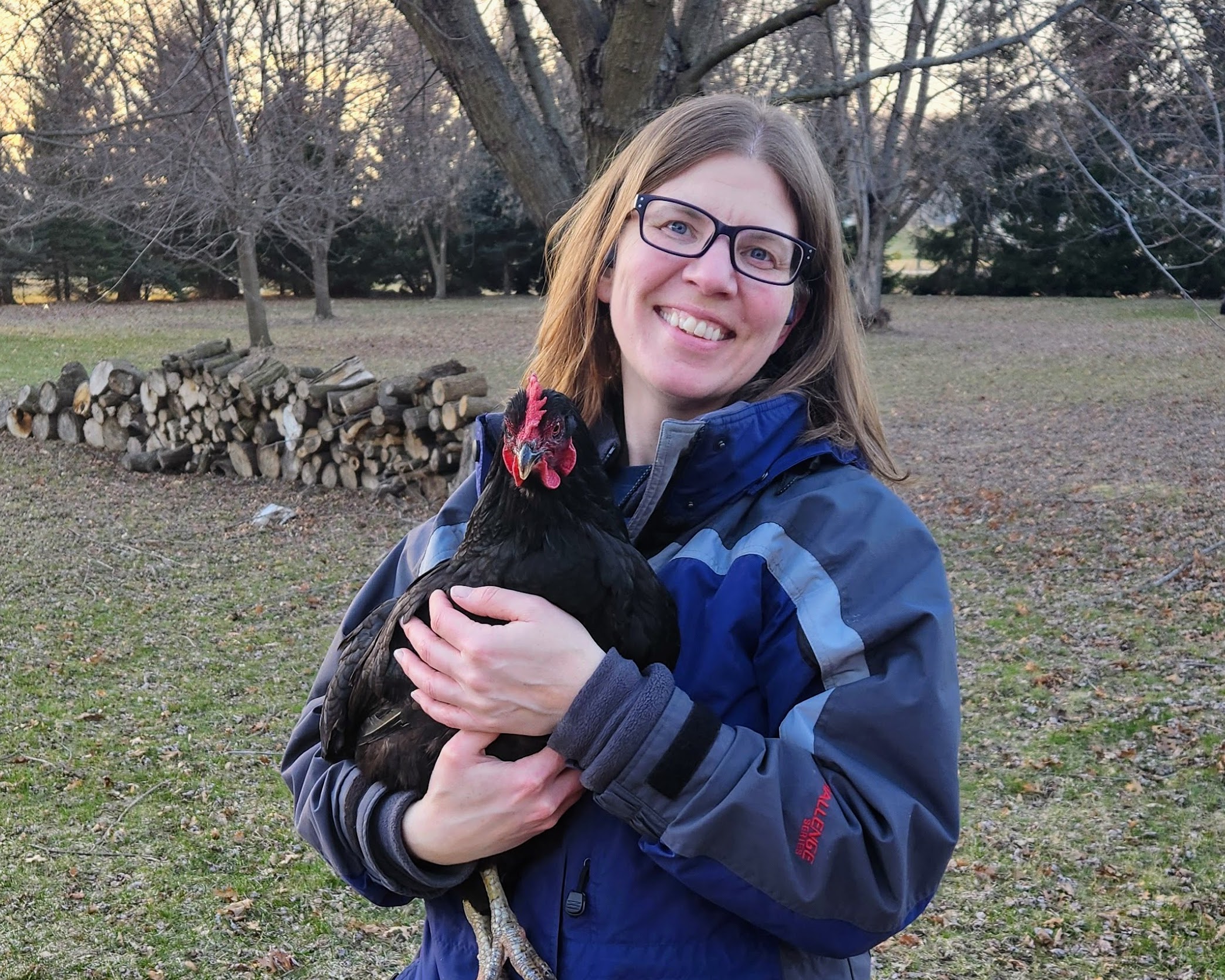
Bending the Arc references a quote by Rev. Dr. King who said, “The arc of the moral universe is long, but it bends toward justice.” This digital newsletter from the CSA Justice, Peace, and Integrity of Creation office showcases the work of changemakers, opportunities to learn, and opportunities for you to help “bend the arc” toward justice. Full contents of the newsletter are published on this page.
Subscribe to get Bending the Arc in your inbox.
Laudato Si’ Care for Earth: Food Waste Reduction
Dusty Goes Bananas to Reduce Food Waste

In mid-February, I received a message from a friend whose employer had a full box of bananas destined for the dumpster. My friend messaged to ask whether I would be interested in the bananas rather than seeing them go to waste. He took about a third of the bananas for his own freezer, and I took the remainder to process at home.
Most of the bananas were speckled with dark spots and some were entirely brown. I removed all the sticky labels and then peeled the bananas. One-third went directly into the blender and then into freezer trays, while the solid ones were divided into two or three sections and set onto silicon mats on cookie sheets and placed directly in the freezer, before going into recycled gallon food storage bags. The remaining one-third of the bananas were ingredients for banana bread. My three chickens were not producing eggs and, with store prices as a premium, I opted to replace the eggs in the recipe with aquafaba—the water from cooking beans or inside a can of chickpeas or other beans. I had enough aquafaba on hand to produce five full loaves of banana bread. Three loaves went to the freezer, one went straight to my cutting board for a late-night snack, and the last one was destined for the employee lounge to be shared with my colleagues.
Next, I had many banana peels to use. Though I could have blended the bananas with skins on for the banana bread, I opted to offer the chickens a special treat instead. All the peels went into the blender and were then greedily enjoyed by the three hens.
Finally, the woody tops that were too hard for the blender went into the compost pile. Composting is an aerobic process, unlike the anaerobic environment created by landfills, so it does not produce methane, which is key to reducing the footprint of food waste.
Methane and food: a Relationship with an environmental impact
Once in a landfill, food waste breaks down and emits greenhouse gases, including carbon dioxide (CO2) and methane (CH4). Methane is 30 times more potent than carbon dioxide, making it more damaging to the environment. Reducing the world’s methane emissions by 30% over the next decade would have the same effect on global warming by mid-century as immediately shifting the global transport sector to net-zero CO2 emissions (source). Food waste accounts for 9 billion metric tons of methane every year (source). Globally, if food waste could be represented as its own country, it would be the third largest greenhouse gas emitter, behind China and the United States (source). I did a little personal banana math*. I would need to drive 6,826 times around the planet to produce the same amount of methane as that 25 pounds of bananas would have produced in a landfill.
Click here to see Tools for Preventing and Diverting Wasted Food
We really can make a difference in caring for the earth by reducing the footprint of food waste (even beyond old bananas).

Dusty holds her pet hen, Alma, who got a special treat of chopped banana peels.
Are you curious about the free online training to become a Laudato Si’ animator?
Register by April 16 for the first of six live sessions that begin April 30. https://laudatosianimators.org/
May 7-14, 2025 is Food Waste Prevention Week. Visit https://www.foodwastepreventionweek.com/ for ideas to enhance your food waste and landfill diversion efforts.
Have you heard of Misfits Market? Misfits Market rescues “ugly” fruits and vegetables and other groceries from being tossed in the garbage and delivers them right to your door! There is nothing wrong with these foods except they may be discolored, have packaging issues, too big or small, or just leftover ends and pieces. Check them out!
The sisters and staff at CSA Motherhouse continue to collect their food waste daily and dispose of it in a blue tote in the back of the building where a service picks it up every other Monday. ALL sisters and associates in the Fond du Lac area, who are not already composting at home, are encouraged to collect their food scraps and regularly add them to the tote. Please contact tabler@csasisters.org with any questions.
Sister Patricia Weidman, CSA, Laudato Si’ Animator, writer
Special thank you to: Chelsea Koenigs, Laudato Si’ Animator, formatter; Dusty Krikau, CSA Director of Mission Advancement; Julie Ann Krahl, CSA, Patricia Bogenschuetz, CSA
*The math
In hindsight, I wish I had weighed the box. Assuming no bananas had been taken from it at all, the box likely started at the average industry weight of 40 pounds. Which means that my personal impact was to reduce food waste entering the landfill by a little more than 25 pounds.
This converts to 0.0125 tons.
Recent studies show that one US ton of food waste generates 34 metric tons of methane. (source)
Therefore, I was able to reduce methane production by (.0125x34) 4.25 metric tonnes.
4.25 metric tonnes = 4,250,000 grams
The estimate for methane produced by a car burning one gallon of fuel are .375 grams of methane produced by burning one gallon of gas. (source)
Which means it would take 11,333,333 gallons of petrol to produce the same amount of methane as 25 pounds of bananas in the landfill.
If we estimate the average modern SUV gets 15 mpg, I could drive 169,999,995 miles on that much petrol.
The circumference of Earth is 24,902 miles.
So, assuming there was a road that went directly around the equator, I would need to drive 6,826 times around the planet in order to produce the same amount of methane as that 25 pounds of bananas would have produce in a landfill.